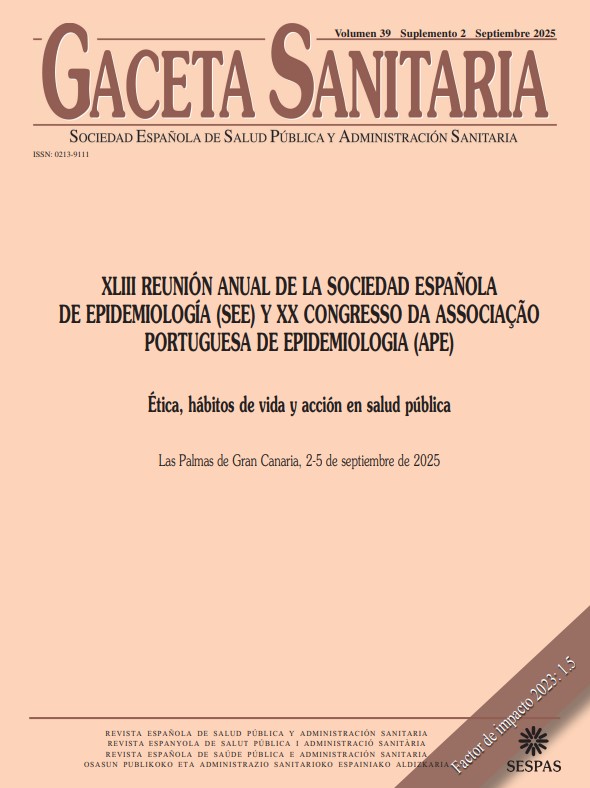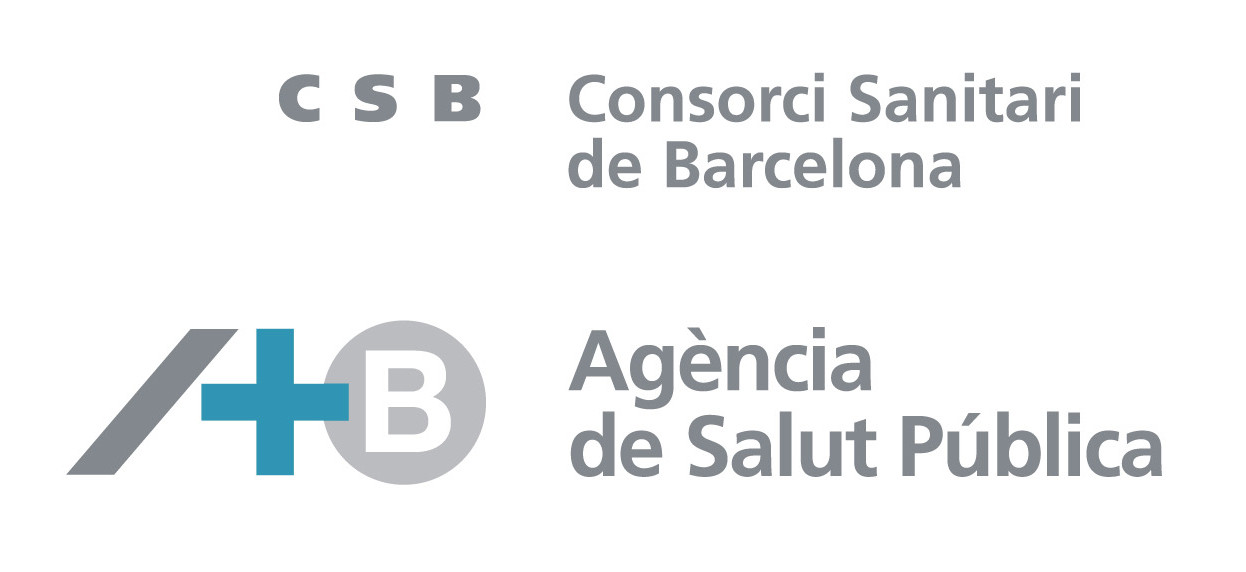225 - THE ROLE OF THE TELOMERE LENGTH IN THE RELATIONSHIP BETWEEN MERCURY EXPOSURE AND CARDIOMETABOLIC RISK FACTORS
Universitat de València; UMI FISABIO-UV-UJI; CIBERESP; FISABIO; ISGlobal; Hasselt University; Norwegian Institute of Public Health.
Background/Objectives: Mercury (Hg) has been increasingly recognized as a contributor to cardiometabolic risk factors by inducing oxidative imbalance. Telomere length (TL) attrition heightens cellular susceptibility to oxidative damage, exacerbating dysfunction and accelerating the progression of chronic diseases. The objective is to assess the TL as a mediator in the Hg effect.
Methods: This study analysed data from 6- to 12-year-old children across six European cohorts within the HELIX project. A total of 572 participants were included, with measurements of blood pre- and postnatal total mercury (THg), TL and cardiometabolic risk factors (waist circumference, BMI, blood pressure, high-density lipoproteins, triglycerides, insulin, and metabolic syndrome (MetS) score). Sociodemographic, dietary, and lifestyle variables, along with prenatal co-exposure to other metals and persistent organic pollutants, were accounted for. Multivariable linear regressions, adjusted for fish consumption, were conducted to examine the prospective associations between pre- and postnatal THg levels and each cardiometabolic outcome. Causal mediation analysis quantified the extent to which TL influenced the effects of THg on each outcome.
Results: Averaged prenatal THg concentrations were 2.7 μg/L and postnatal 1.4 microg/L. Prenatal log-transformed THg exposure was associated with a 21.8% increase in insulin levels and marginal associations with increased waist circumference (+16.8%) and MetS (+46.4%). In contrast, postnatal THg exposure was related to lower diastolic blood pressure (-13.4%) and a reduced likelihood of hypertension (-47.9%). Longer TL was strongly associated with reduced waist circumference and BMI (-92.6% and -99.9%, respectively) as well as lower both systolic and diastolic blood pressure (-91.1 and -85.1%), suggesting a potential protective role against cardiometabolic risk factors. However, TL minimally mediated the effects of THg exposure, except for a minor influence on the relationship between prenatal THg and BMI (reducing 8.2% of the total effect).
Conclusions/Recommendations: Prenatal THg exposure was linked to increased insulin levels, waist circumference, and MetS score, whereas postnatal exposure was associated with lower blood pressure and hypertension risk. TL was inversely related to body size and blood pressure but showed minimal mediation effects.
Funding: FIS-FEDER 19/1338, 23/1578, FI24/00055; Generalitat Valenciana CIAICO 21/132, CIGE23/142; Ministerio de Ciencia, Innovación y Universidades PID2020-117114GB-I00; CAS21/00008; NextGeneration EU.















